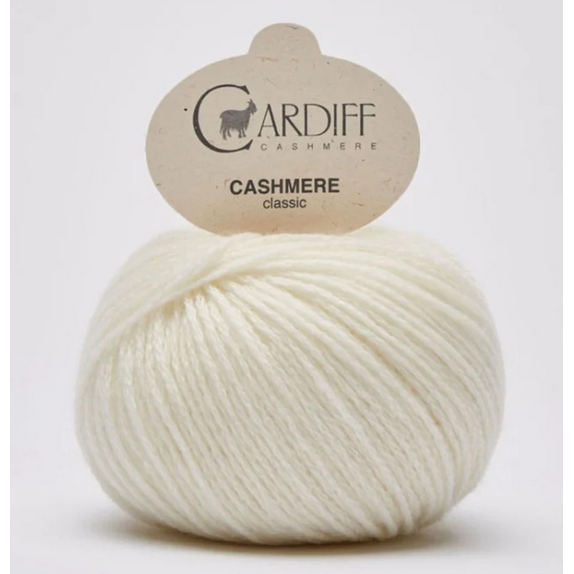What Is Cashmere and How Does It Stack Up to Other Fabrics?
What Is Cashmere and How Does It Stack Up to Other Fabrics?
Blog Article
Factors You Should Need Cashmere an All-natural Fiber for Convenience and Style in Everyday Put On
In the world of fabrics, couple of fibers rival the high-end and comfort of cashmere. This unique product, recognized for its remarkable softness and insulation, provides exceptional comfort and beauty for day-to-day wear. What establishes it apart from various other fibers? Just how does it impact the setting and exactly how does it contrast to synthetic alternatives? Just how can one best use cashmere to elevate their design? These appealing concerns lay the foundation for an informing exploration right into the globe of cashmere.
Understanding the Lavish Nature of Cashmere

Assessing the Convenience Variable of Cashmere Attire
What qualities underline the comfort factor of cashmere garments? The softness of cashmere is the very first top quality to take into consideration. Its plush structure makes it seem like a second skin, offering heat without the weight or itchiness connected with various other woollen items. Furthermore, cashmere's special fiber framework enables for breathability, controling temperature level and protecting against overheating. The product's adaptability and longevity ensure that it mold and mildews against the body conveniently, keeping its form with time. Cashmere's hypoallergenic buildings also add to its comfort, making it an optimal choice for sensitive skin. Last but not least, the capacity to layer cashmere items without thickness increases the convenience factor. Essentially, the convenience of cashmere is originated from its soft qualities, breathability, resilience, hypoallergenic nature, and versatility.

The Environmental Influence and Sustainability of Cashmere
While the convenience and sophistication of cashmere are undoubtedly enticing, it's similarly essential to consider its relationship with the environment. Cashmere manufacturing, largely in Mongolia and China, entails elevating cashmere goats, which can dramatically strain delicate meadow ecological communities due to overgrazing. This can result in desertification, a pushing ecological issue. The handling of cashmere, entailing coloring and cleaning, can also contribute to water air pollution if not properly managed. Nevertheless, efforts are being made to develop lasting cashmere manufacturing methods, such as rotational grazing and cleaner processing strategies. For this reason, while cashmere has ecological effects, its sustainability mostly relies on manufacturing practices.
Comparing Cashmere to Artificial Fibers: A Cost-Benefit Analysis
In spite of its environmental obstacles, cashmere presents a distinct set of advantages over artificial fibers. On the cost side, cashmere is indisputably a lot more pricey due to its labor-intensive manufacturing procedure. Yet, the benefits make it worth the investment. Cashmere's all-natural fibers supply unparalleled soft qualities and warmth, translating into convenience that synthetic fibers have a hard time to match. In addition, cashmere pieces are extremely long lasting, promising durability that offsets first prices gradually. Unlike synthetic fibers, cashmere doesn't add to microplastic air look at this website pollution, making it a more sustainable choice. On the other hand, artificial fibers, while less expensive upfront, use less convenience, have much shorter life-spans and present ecological issues. Thus, when analyzing cost-benefit, cashmere's exceptional top qualities make it a rewarding financial investment for everyday wear.
Designing Tips With Cashmere for Everyday Beauty
Having actually taken into consideration the cost-benefit analysis of cashmere compared to synthetic fibers, it comes to be clear why this elegant product is a popular option for many. When styling cashmere for everyday sophistication, simpleness is crucial. A cashmere coat, for circumstances, can be coupled with tailored trousers or a streamlined skirt for a chic, put-together look - cashmere fibre. For a much more informal set, a cashmere cardigan worn over a simple tee and jeans radiates easy style. Accessories can even more raise the look: a declaration pendant or headscarf can include a pop of color to a neutral cashmere item. Eventually, the inherent Web Site beauty of cashmere makes it a flexible addition to any type of closet, easily enhancing everyday attire with a touch of high-end.

Conclusion
In addition, cashmere's sustainability and reduced ecological effect contrasted to synthetic fibers better boost its allure. Investing in cashmere garments is a rewarding choice for style, sustainability, and comfort.

Report this page